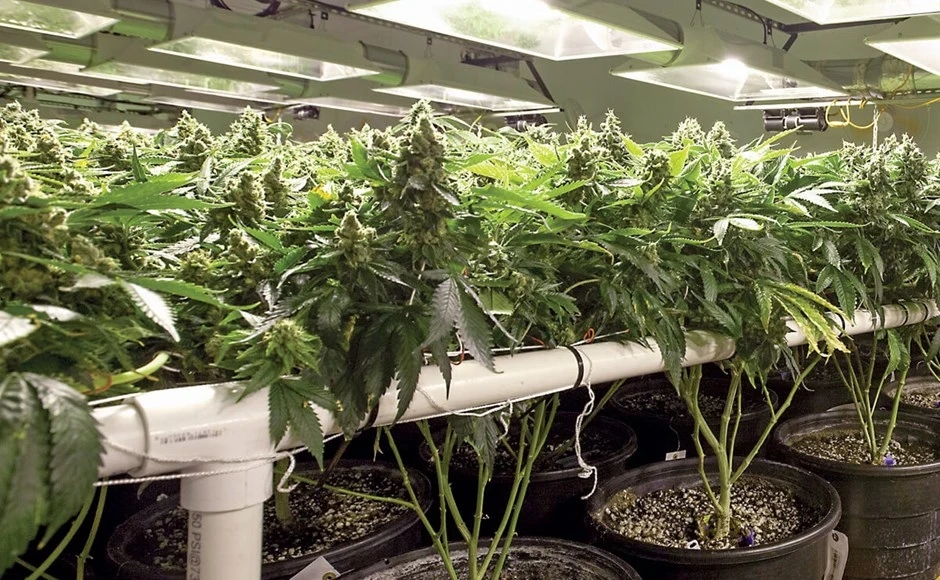Photosynthetic photon flux (PPF) is a measurement that determines the total amount of photosynthetically active radiation (PAR) a light gives off.
PAR defines the type of light needed to support photosynthesis, while photosynthetic photon flux determines the amount of PAR that is created by a lighting system each second. It is one of the most important parameters indoor gardeners use to monitor their artificial lighting systems.
Plants depend on light in order to perform the crucial function of photosynthesis. Additionally, plants depend on particular wavelengths of light to make photosynthesis possible.

Plants primarily use wavelengths of light between 400 to 700 nanometers to achieve successful photosynthesis (considered red light and blue light). The light within this range is called photosynthetic active radiation. PPF represents the measurement of all the photons in this range.
Quantum sensors are the main tool used to measure the light intensity of plant lighting systems. Although PPF does not equate to how much of the measured light will actually fall onto the plants underneath a particular light, it is still an important measurement in knowing how efficient a lighting system is at creating PAR.
Additionally, knowing the PPF of a lighting system does not denote the quality of the spectrum of light that plants receive.
